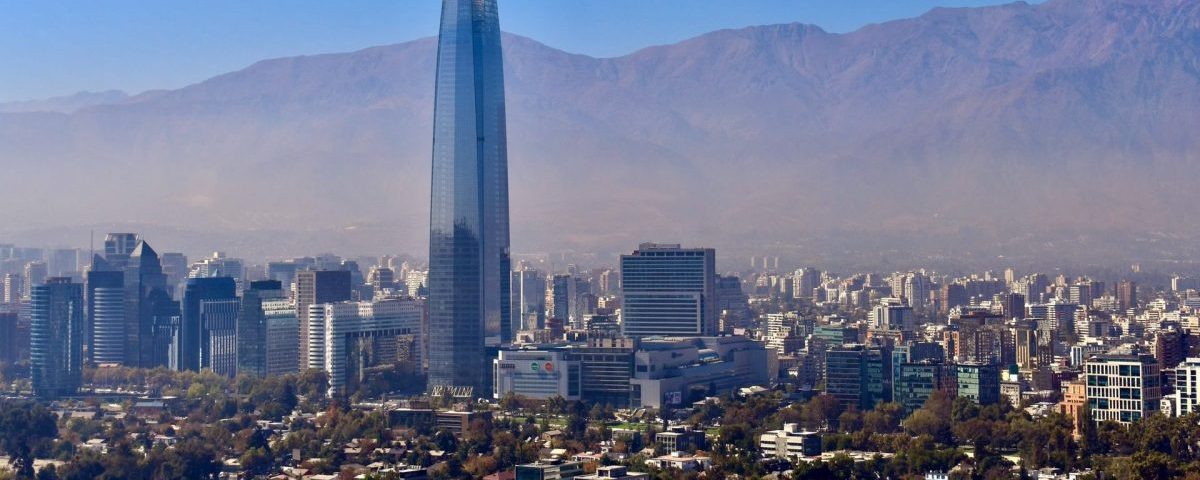
Earthquake-Proof Buildings: This Is What Seismic Engineering Does
09 of December of 2021
The earth’s crust is constantly in motion. When an earthquake happens due to converging motion between plates (subduction), the energy released travels in all directions through seismic waves. These waves first travel through the earth’s interior until they reach the surface, where our buildings are located.
To ensure that buildings resist the ground moving, their structure must be prepared and have the ability not only not to collapse but also to stay standing in the best conditions possible, to perform well in seismic conditions. This is where the work of estimators and seismic engineering comes into play.
Let’s start at the beginning: what is seismic engineering?
As the name suggests, this field studies the structural behavior of buildings and infrastructure under seismic stresses or loads. Its aim is to project and design them so that they can withstand the impact of earthquakes to a satisfactory level.
When an earthquake happens, the ground’s movement is transmitted to the structure, causing it to oscillate horizontally and vertically. This moving and vibrating creates the forces of traction, compression, bending, combined bending and compression, shearing, torsion, and more in the different parts that make up the resistant skeleton. Each element of the structure must be prepared to resist them properly.
Engineering offices and estimators are in charge of minimizing the chances of building collapse and making efforts to mitigate both structural and non-structural damage. This is especially relevant work in areas around the world that face seismic threats: buildings must be designed to resist these types of forces, which can occur on more than one occasion during the useful life of a building’s site. In places where this threat doesn’t exist, buildings are designed to resist other types of lateral forces, such as wind.
When a building is well-designed and built correctly following the technical specifications for the structural project and the country’s regulations, the probability of collapse is very low. Even when high-intensity earthquakes occur, it’s rare for the structure to suffer significant damage. Therefore, buildings that obey the principles of seismic engineering are very safe.
The technology behind these buildings
For a building to resist seismic stresses properly, it’s crucial for the site to be laid out prior to construction, considering the characteristics of the area where it will be located. In this stage, thinking about technologies like base insulation and energy dissipation is a good idea to reduce potential damage to both structural and non-structural elements and components.
That’s not all: there are international experiences where base insulation and energy dissipators have been incorporated into existing buildings. In these cases, an engineering office’s study of the existing structure is critical to ensure good seismic performance, given that the original structural conception is being modified.
There are earthquake simulators worldwide that let us analyze the seismic behavior of structures, even on a real-life scale. The University of Santiago, Chile, has one of the largest in South America, a seismic platform where tests, research, and innovation are carried out to improve structural designs.
It’s important to understand that materials are also studied separately in the context of seismic performance. For example, there’s fiber-reinforced concrete that mechanically behaves differently from conventional concrete. We can also do numerical modeling: nowadays, computational tools enable us to model structures to estimate the behavior and structural performance of a particular construction site with sufficient certainty.
When carrying out projects in regions that experience seismic threats, it’s important to take regulations and legislation into account. Currently, the countries with the highest seismic activity worldwide also have the United States Federal Emergency Management Agency (FEMA) recommendations as a reference point. Specifically, there’s FEMA P-58, ‘Development of Next-Generation Performance-Based Seismic Design Procedures for New and Existing Buildings.’ This enables modeling buildings and evaluating the probability of a certain level of damage that may affect their operation following an earthquake.
The case of Chile
In countries where buildings have much demanded of them, meaning they must withstand significant loads – for instance, Japan, New Zealand, Mexico, and Chile – they’re moving from a prescriptive design model to one with performance requirements. This move makes it possible to better predict structural behavior under gravitational and lateral stresses by considering the non-linear behavior of the structures.
In Chile, we have two specific regulations associated with prescriptive seismic design: NCh 433, ‘Seismic Design of Buildings,’ and NCh 2369, ‘Seismic Design of Industrial Structures and Facilities.’ Three other standards regulate design with seismic isolation, with energy dissipation, and for controlling damage in non-structural elements and components, respectively.
In addition to national regulations and international recommendations, these standards allow Chile’s infrastructure and buildings to perform well with regard to seismic activity. Despite being a relatively small country, Chile is home to a significant number of medium- and high-rise buildings that are prepared to withstand earthquakes to a satisfactory level. A good indicator was the experience with the earthquake in February 2010, which reached a magnitude of 8.8. In this event, less than 1% of the formally constructed buildings suffered structural damage.
Recently in Chile, progress has been made in incorporating new seismic protection technologies, such as base insulators or energy dissipators. This is the trend not only in Chile but around the world. In fact, other countries like Japan and the United States have a higher percentage of buildings with these benefits not only to avoid collapse but also to reduce damage to structural and non-structural elements. This way, buildings remain in good operating conditions after a severe earthquake.





There are no comments yet